Vegetable Plants That Grow
Title: Vegetable Plants That Grow
Introduction:
Growing your own vegetables is a great way to save money, eat healthier, and get some fresh air and exercise. There are many different vegetable plants that you can grow, and some are easier to grow than others. In this blog post, we will discuss some of the most popular and easy-to-grow vegetable plants.
Main Content:
Here are some of the most popular and easy-to-grow vegetable plants:
- Lettuce is a cool-season vegetable that is easy to grow in most climates. Lettuce can be grown from seed or as transplants. It is a good source of vitamins A and C.

- Green beans are another easy-to-grow vegetable plant. Green beans can be grown in a variety of ways, including in the ground, in containers, or on a trellis. They are a good source of fiber and protein.
- Peas are another cool-season vegetable that is easy to grow. Peas can be grown in the ground or in containers. They are a good source of protein and fiber.
- Radishes are a quick-growing vegetable that can be harvested in just a few weeks. Radishes are a good source of vitamin C.
- Carrots are a root vegetable that is easy to grow. Carrots can be grown in the ground or in containers. They are a good source of vitamin A.
- Cucumbers are a warm-season vegetable that is easy to grow. Cucumbers can be grown in the ground or in containers. They are a good source of vitamin C.
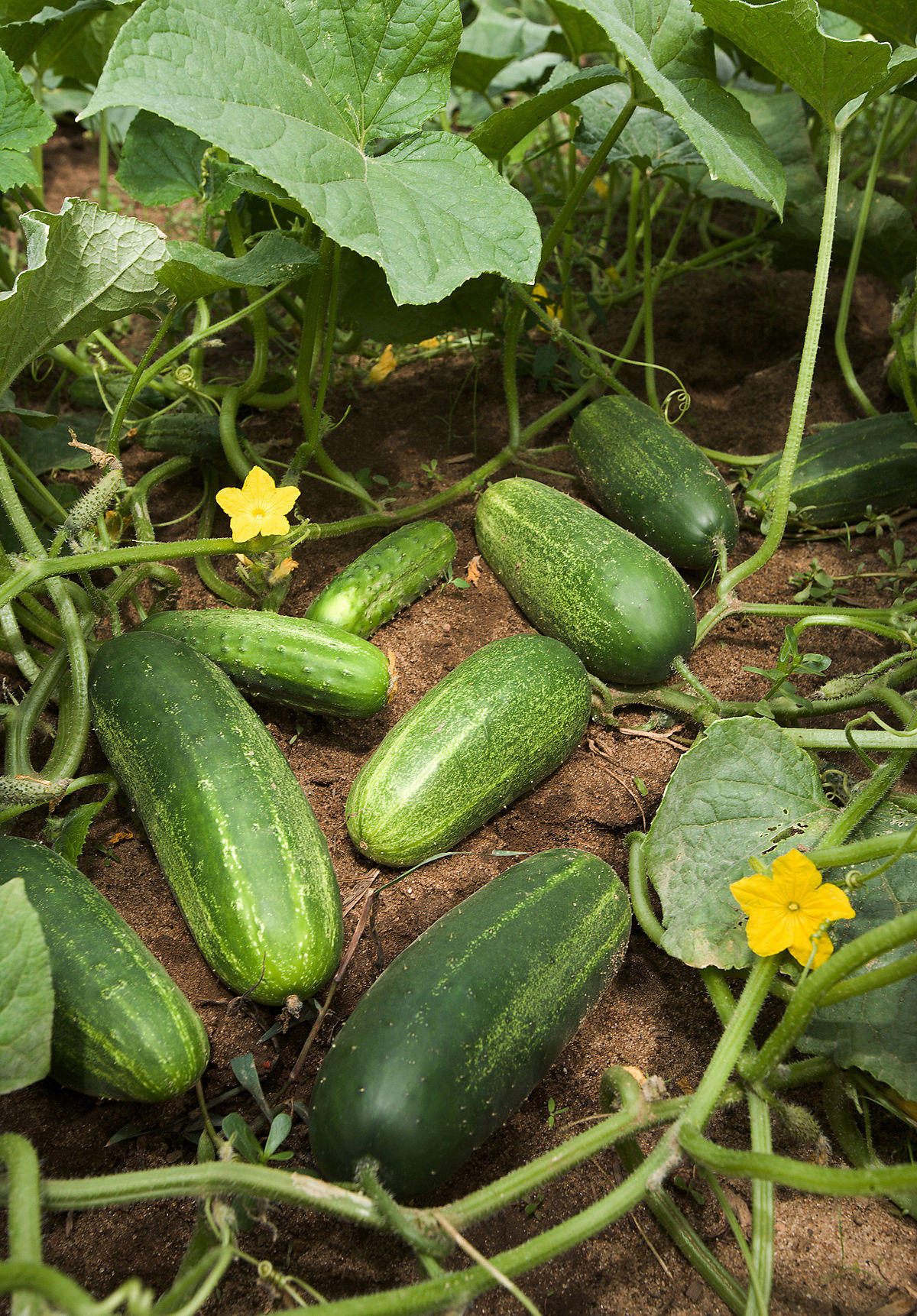
- Kale is a cold-hardy vegetable that is easy to grow. Kale can be grown in the ground or in containers. It is a good source of vitamins A and C.
- Swiss chard is a cool-season vegetable that is easy to grow. Swiss chard can be grown in the ground or in containers. It is a good source of vitamins A and K.
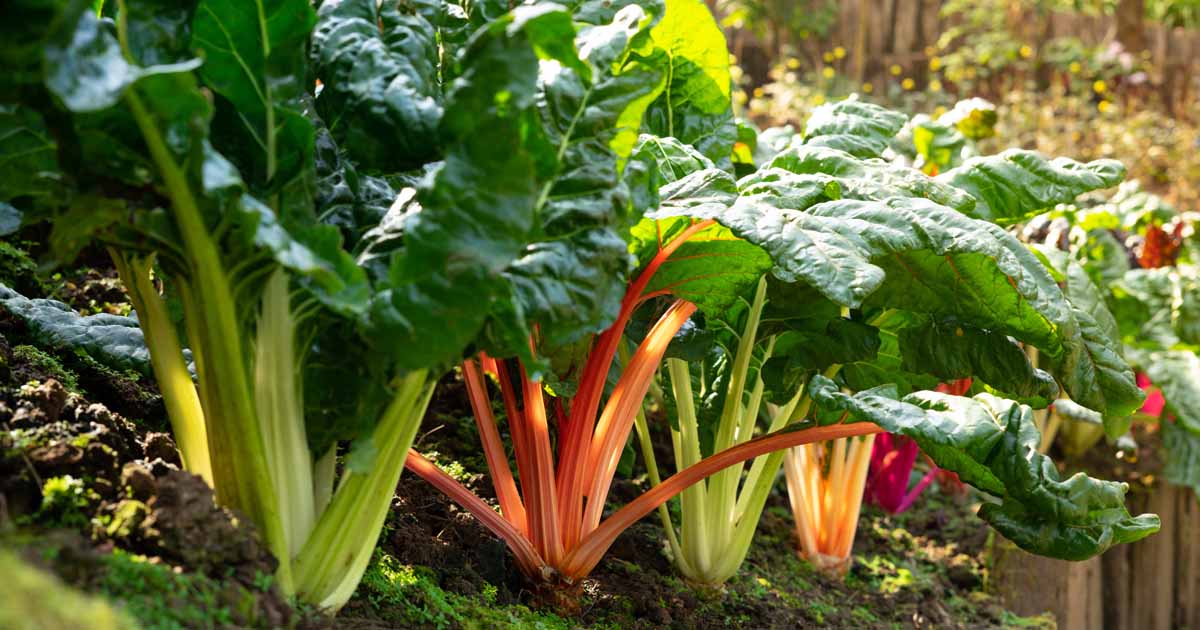
These are just a few of the many easy-to-grow vegetable plants that you can grow. With a little planning and effort, you can enjoy fresh, homegrown vegetables all season long.
Conclusion:
Growing your own vegetable plants is a rewarding experience. It is a great way to save money, eat healthier, and get some fresh air and exercise. If you are new to gardening, start with some of the easy-to-grow vegetable plants listed in this blog post. With a little care and attention, you will be harvesting your own fresh vegetables in no time.
There are many different vegetable plants that grow well together. Some popular pairings include:
- Beans and corn: Beans fix nitrogen in the soil, which benefits the corn. Corn provides shade for the beans, which helps to prevent them from overheating.
- Carrots and onions: Carrots and onions repel each other's pests, so they can help to keep each other healthy.
- Peas and tomatoes: Peas help to improve the drainage of the soil, which benefits the tomatoes. Tomatoes provide shade for the peas, which helps to prevent them from bolting.
For more information about which vegetable plants grow well together, visit this website: https://www.almanac.com/companion-planting-guide-vegetables.
FAQ of vegetable plants that grow well together
- What are some good companion plants for tomatoes?
Some good companion plants for tomatoes include basil, chives, marigolds, nasturtiums, oregano, and parsley. Basil helps to deter pests such as tomato hornworms and aphids, while chives improve the flavor of tomatoes. Marigolds and nasturtiums also deter pests, and they can help to attract pollinators. Oregano and parsley can help to improve the growth and flavor of tomatoes.
- What are some vegetables that should not be planted together?
Some vegetables that should not be planted together include beans and peas, corn and potatoes, and tomatoes and kohlrabi. Beans and peas compete for nitrogen, so it is best to plant them in separate areas. Corn and potatoes can both attract the same pests, so it is best to plant them in different beds. Tomatoes and kohlrabi produce different chemicals that can stunt the growth of each other.
- What are some tips for companion planting?
When companion planting, it is important to consider the following factors:
* The plants' needs for sunlight, water, and nutrients.
* The plants' pests and diseases.
* The plants' growth habits.
It is also important to experiment and see what works best in your garden. There is no one-size-fits-all answer when it comes to companion planting.
- What are some of the benefits of companion planting?
There are many benefits to companion planting, including:
* Increased crop yields.
* Improved plant health.
* Reduced pest and disease problems.
* Increased pollination.
* Enhanced flavor of vegetables.
Image of vegetable plants that grow well together
- Carrots and radishes: These two root vegetables have different growing habits, so they won't compete for space. Carrots need deep, loose soil, while radishes can grow in shallower soil.

- Beans and corn: Beans fix nitrogen in the soil, which benefits corn. Corn provides shade for beans, which helps to protect them from pests.

- Lettuce and tomatoes: Lettuce doesn't shade tomatoes, and tomatoes help to deter pests from lettuce.

- Peas and cucumbers: Peas need cool weather, while cucumbers prefer warm weather. So, you can plant them together and enjoy both crops in the same season.
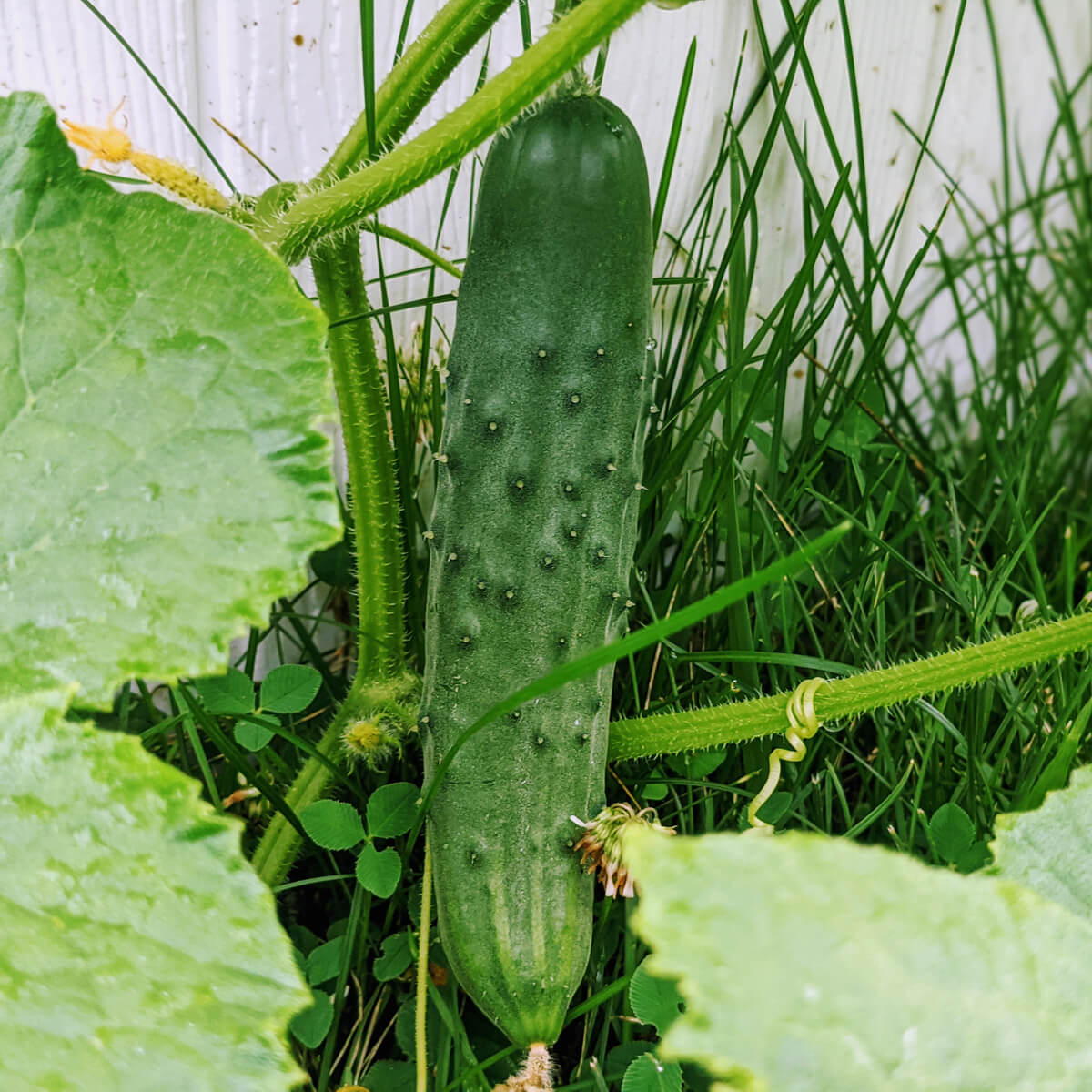
- Spinach and carrots: Spinach can be planted in the same bed as carrots, and it will help to suppress weeds.

- Basil and tomatoes: Basil helps to deter pests from tomatoes, and it also adds flavor to tomato dishes.
- Sage and beans: Sage helps to deter pests from beans, and it also adds flavor to bean dishes.
- Onions and garlic: Onions and garlic repel each other's pests, so they can be planted together to help keep your garden pest-free.
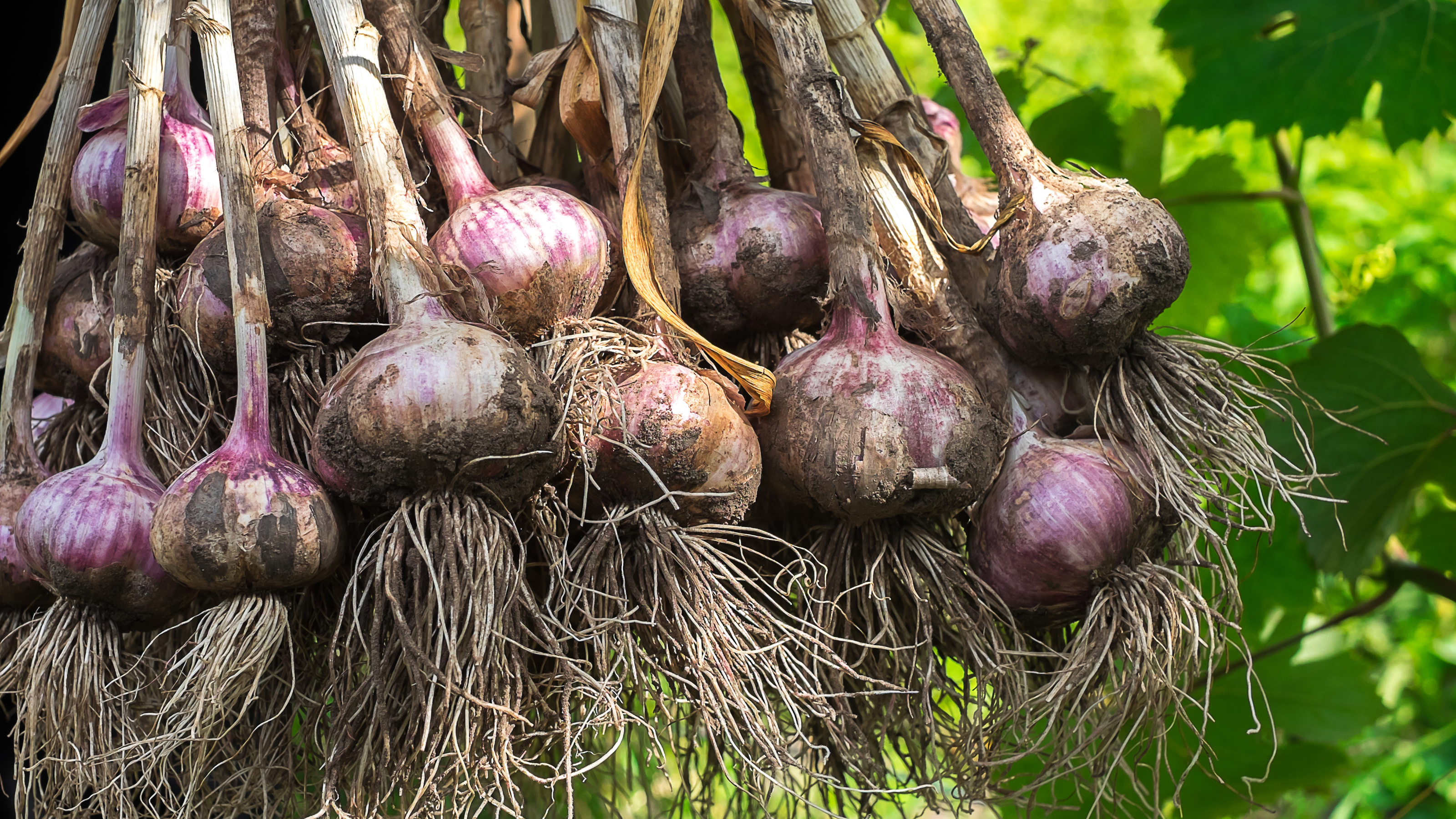
- Cucumbers and melons: Cucumbers and melons need the same growing conditions, so they can be planted together.
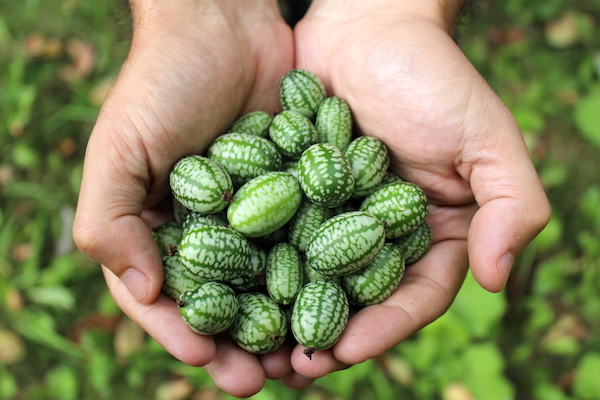
Post a Comment for " Vegetable Plants That Grow"